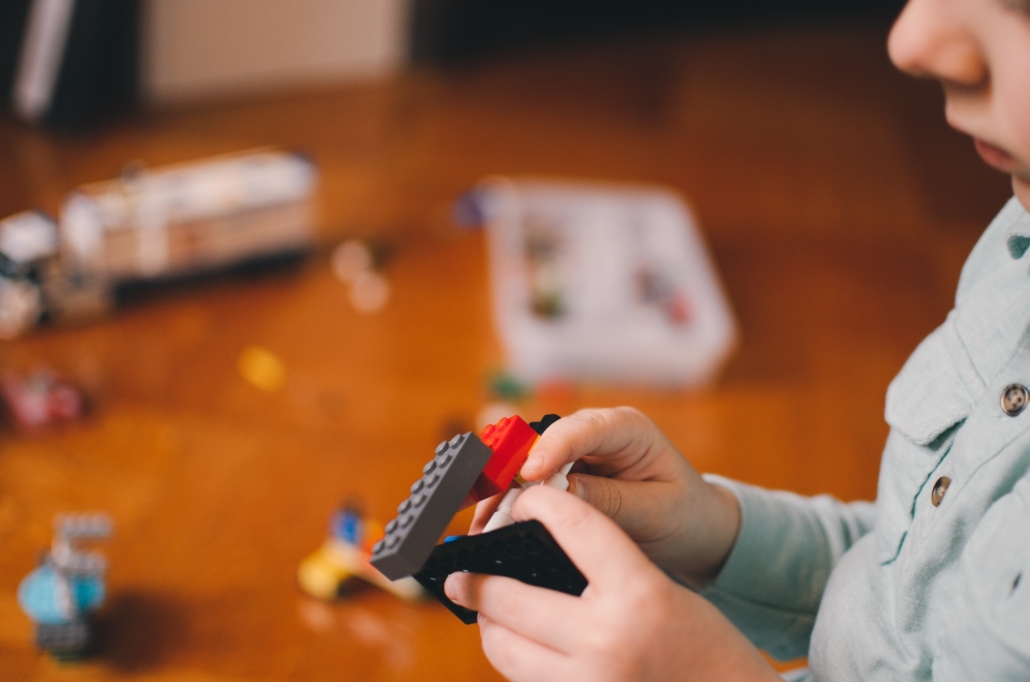ADHD: Signs and Symptoms in Children

Children play, they dream and they sometimes behave inappropriately because they are children still learning how to interact and be responsible and respectable. Children are children, and thanks to that, ADHD in children can be difficult to recognize. The condition, however, can be seriously detrimental to a child’s learning and development without proper diagnosis and management. There are also symptoms of ADHD in adults.
Symptomatic Behaviors Characterize the Three Types of ADHD
ADHD causes three categories of behavioral signs and symptoms: inattention, hyperactivity and impulsivity. Although all children can be impulsive, inattentive and display seemingly endless energy, these symptoms present themselves differently in children with ADHD. ADHD hinders a child’s ability to function normally in school, at home and with peers.
Signs of Inattention
Children with ADHD can sometimes focus on tasks or topics which they find interesting or entertaining, but they are unable to focus on tasks or topics which they deem boring or repetitive.
- trouble focusing
- easily distracted
- difficulty completing tasks
- appear not to listen
- trouble remembering
- do not follow instructions
- make careless mistakes
- have trouble organizing and planning ahead
- misplace homework, books, toys and other items
Signs of Hyperactivity
Children naturally have lots of energy and are active, but those with ADHD are always moving. They jet between tasks and continue fidgeting when forced to sit still. Hyperactivity is the most easily and commonly recognized symptom of ADHD.
- endless fidgeting, squirming, toe tapping etc.
- difficulty resting, relaxing, calming down or playing quietly
- often climb or run at inappropriate times or when instructed not to
- excessive talking
- sometimes have hot tempers
Signs of Impulsivity
By around the age of four or five, most children will learn to control certain impulses, which they recognize as inappropriate or not allowed. Children with ADHD, however, cannot control their impulsivity which can lead them to ask inappropriate or irrelevant questions, interrupt conversations and invade personal space.
- act before or without thinking
- guess, rather than solving problems
- speak in class without being called on
- interfere with other people’s conversations and activities without being invited
- interrupt others
- often say the wrong thing at the wrong time
- difficulty controlling emotions leads to tantrums and outbursts
The Three Types of ADHD in Children
There are three types of ADHD in children which are categorized by the behavioral signs and symptoms the child displays, including:
- Predominantly Inattentive
- Predominantly Hyperactive and Impulsive (able to pay attention)
- Combined Inattention, Hyperactivity and Impulsivity
Since the three types of ADHD have different symptoms, it can make the condition difficult to recognize in children with the first type. Children who are predominantly inattentive sit quietly and are not disruptive, but they tend to daydream, rather than listen to instructions or pay attention to their surroundings.
Consistency: Key to Treating ADHD in Children
After a medical doctor makes a firm diagnosis of ADHD in a child, treatment will begin to help manage the condition and improve the child’s chances of succeeding at school, making lasting friendships and being more successful at home. Treatment usually includes medications, behavior therapy, support at school and at home, proper nutrition and lots of exercise. If a medication is prescribed, it is essential that the child takes the medication exactly as prescribed in order to stabilize behavior and achieve consistently positive results.
